Retaining customers is a primary goal of any business — but in the competitive world of ecommerce, it may just be the goal. Online stores face fierce competition because their rivals aren’t down the road; they’re just a click away.
So, the question is — when was the last time you reviewed your customer retention programs and re-engagement strategies? If it’s been a while (or if you don’t really have one at all), now’s the time to start building solid relationships with your soon-to-be-returning customers.
What is customer retention?
↑ Voltar Para o TopoSo what exactly is customer retention? And what makes customer retention important? Well, customer retention refers to the effort to keep your customers engaged so they continue to return for future purchases instead of going to a competitor.
A customer retention strategy is all about fostering customer relationships to build long-term value through repeat purchases. It involves strong customer service, continual communication, steady product quality, and ongoing consumer education and branding efforts.
Coca-Cola doesn’t advertise so people will hear about their product for the first time; they advertise to maintain the good brand reputation and loyal followers they’ve gained (and to trigger cravings to increase purchase frequency).
But what makes optimizing for a better customer retention rate such an important part of doing business?
The benefits of customer retention
↑ Voltar Para o TopoIt’s not always easy to sway customers to make that first purchase. And because customer acquisition costs are so high, sometimes companies don’t turn a profit on the first sale. It’s only when someone comes back a second or third time that they become a profitable customer for the company.
You might think that, if a first-time shopper has a great customer experience and sees the value in your offering, they’ll come back the next time they have a need. That’s definitely possible, but what if they don’t have another need for six weeks? Or six months?
Without customer retention strategies in place, they may be wooed by a competitor or even simply forget your brand’s name and just buy from the first place they find.
Greater profitability
If it costs $10 to acquire a new customer and an average sale is worth a gross profit of $5, the acquisition isn’t profitable until the third sale. This is a fairly common scenario in ecommerce and why retaining customers is so important. Thankfully, it’s often cheaper to market to previous customers than it is to find new ones. So turning a one-time customer into a ten-time customer is where all the money lies.
Improved customer relationships
In a sense, some of your loyal customers “work” for your brand. Satisfied customers are happy to tell people about your products. This publicity — or “word-of-mouth-advertising” — is incredibly valuable. Happy customers might naturally, or with a gentle nudge, share about you on social media or create user-generated content (UGC) you can use in future marketing efforts.

No matter how it manifests, improved customer relationships will do nothing but help your company moving forward.
More cost-effective marketing
When marketing to consumers without ties to your brand, you have to use a blanket, one-size-fits-all approach of sorts, hoping that your campaign message hits all the right notes.
When you market to current customers, you have the added benefit of contact information, likes (previous purchase history), dislikes (returns or poor reviews), etc.
If they subscribed, you can reach right out to customers via email, text message, or social media. Using purchase history, you can suggest similar items they may like. If a customer has left a poor review on one of your products, you can (and should) address the review in a positive manner while offering a discount on their next purchase.
And by generating a pool of long-term shoppers, you’ll also be able to better understand which top of the funnel customer acquisition efforts lead to the most profitable customers. So, maybe sponsoring both surfing and skiing events led to new customers, but the customers acquired from surfing events stick around at twice the rate. Next year, you could double your investment in surf sponsorships.

But before you can start honing in on strategies to improve the customer retention rate for your ecommerce store, you have to learn what’s working — and what isn’t.
So, where do you start, and what should you measure?
Which customer retention metrics matter most?
↑ Voltar Para o TopoTo begin improving customer retention, it’s important to know your current performance based on real customer data. But how do you calculate your customer retention? The most significant customer retention metrics include:
Repeat buyer rate
This is the main pillar of customer retention. The repeat buyer rate looks at the percentage of your customers who return to buy at least a second time. Measuring the repeat buyer rate is one of the best ways to evaluate the effectiveness of your customer retention strategies.
While there are multiple metrics and it’s easy to get lost in the weeds of figures, calculating repeat buyer rate is relatively straightforward. To find your repeat buyer rate, you only need to know:
- How many customers have made more than one purchase within a set time frame
- How many unique customers (not purchase orders) you had in that same period
Simply divide the number of customers who’ve purchased more than once by how many unique customers you had in the same period:
Number of customers who made more than one purchase
____________________________________________________________________________
Number of unique customers
Frequency of purchase
How often do your customers come back for subsequent purchases? This metric is rather significant because it’s these repeat buyers who contribute to your annual revenue per product or product line.
A frequency of purchase calculation is similar to finding your repeat buyer rate. Use the same period in the repeat purchase rate measurement and divide your total orders in that period by how many unique customers you had.
Total number of orders
______________________________________
Number of unique customers
Average order value
To help you understand the impact of improving your customer retention rate, you can also determine the average order value for your store. This way, you’ll know that if you can increase the average customer’s lifetime number of purchases from one to four, for example, how much that’s worth on average. This also informs how much effort or money you should be willing to invest into strategies to make it happen.
To find this value, simply divide your total revenue by the total number of orders. You may want to do this over a wider time span (such as the past 12 months) to get the most accurate average.
Annual revenue
______________________________________
Number of transactions processed
Customer lifetime value (CLV)
Improving customer relationships is the foundation of boosting customer retention. And all of your efforts can be summed into a single metric — CLV, or customer lifetime value. This measurement tells you what each customer you currently have — and will have (if everything else remains the same) — is worth.
Now, here’s why these other metrics came first: to calculate CLV, you have to know the average frequency of customer purchases and the average value of each purchase. Multiply these two figures for genuine, real-time insight into how well your customer retention strategies and marketing campaigns are working:
Average frequency of customer purchase x average value per purchase = customer lifetime value
Rate of churn
Not all customer data metrics are positive. The rate of churn is a percentage that reflects how many customers stopped doing business with you in a given period. This is most often used by businesses who sell subscriptions, memberships, or other ongoing service or product agreements.
Customers may cancel a subscription with you for any number of reasons, including unmet expectations or finding offerings similar to yours for a lower price.
Sometimes, though, you may lose a customer through no fault of your own. Perhaps you’ve met their needs or their circumstances have changed so that your products are no longer relevant to them.
Regardless of the reasons, you will have churn. That’s okay. Your goal should be to control this metric to the extent it’s possible.
To calculate for churn rate:
- Take the number of customers you had at the beginning of the period
- Subtract the number of customers you have at the end of the period
- Divide the result (the number of customers you lost) by the number of current customers you had at the beginning of the period.
- Multiply the result by 100 to arrive at your percentage of churn.
Now, let’s move on to learn more about keeping customers satisfied, loyal, and making repeat purchases from your ecommerce store.
The ten best customer retention strategies
↑ Voltar Para o TopoWith stats in-hand, you can now set out to improve retention for your most profitable year yet. It’s about more than just enacting customer loyalty programs or providing excellent customer service, you need to consider the customer journey from start to finish. Here are ten proven ways to boost customer retention rates.
1. Offer the best customer service — every time
This is first on the list for a reason. A lot of companies struggle to provide good service, so if you succeed, you’ll stand head and shoulders above your competition. Your customers will appreciate it. They’ll feel well-served, valued, and relieved that you made their lives easier instead of harder. And they’ll come back for more.
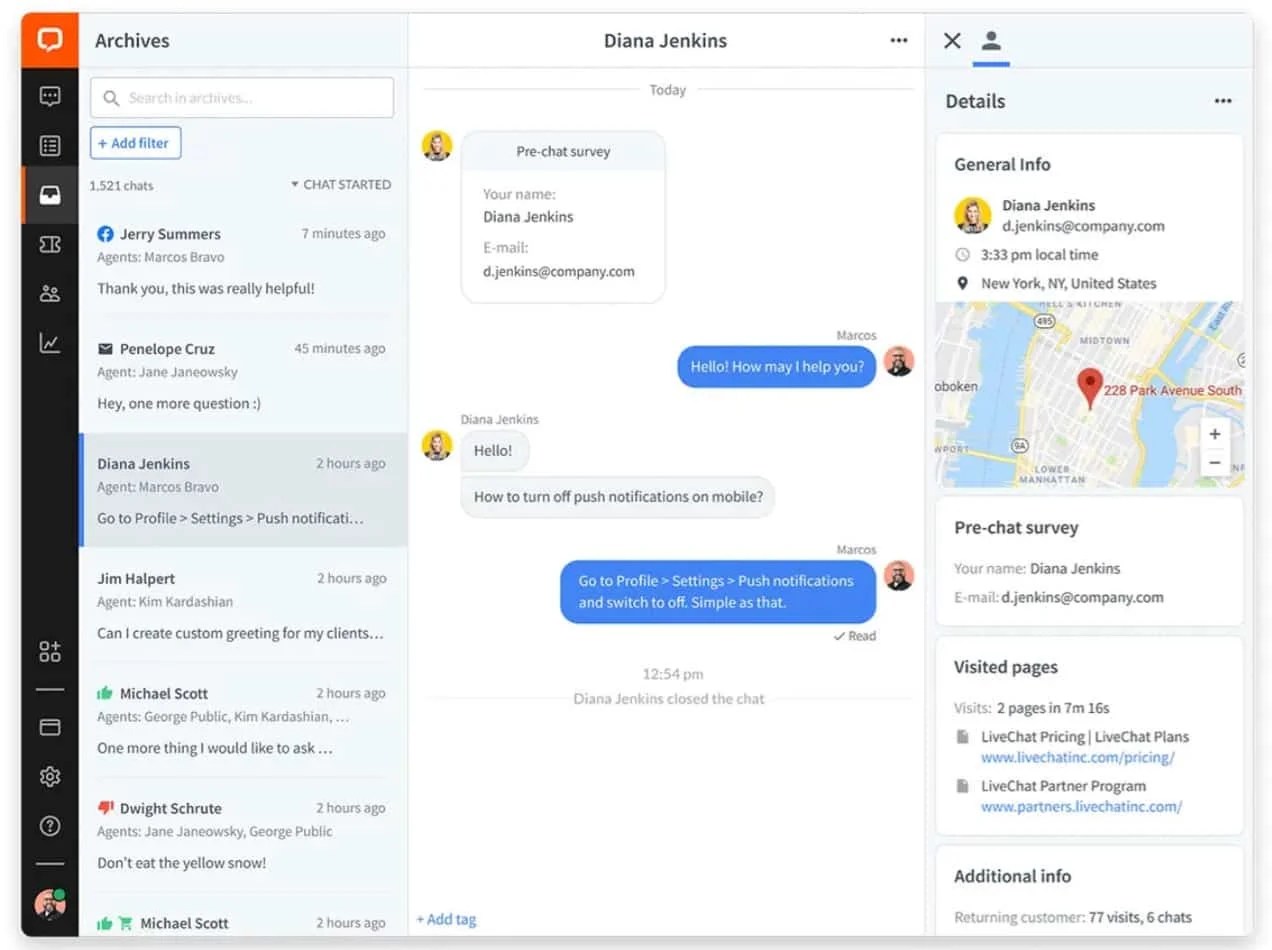
That’s what great service does. And it does it by paying attention to the little things.
Here are a few basic customer service tips that can set you apart:
Be reachable
Allow for multiple communication methods like phone, email, online chat, etc. Use as many methods as you can to be available where and when your customers need you without overwhelming your service reps.
Listen to existing customers and respond
Answer questions, alleviate concerns, and fix problems. Don’t alienate loyal customers by ignoring them.
Be knowledgeable
Train your reps so they know the business and your products inside out. There’s nothing more frustrating for a customer with a product concern than talking to a “customer service representative” who doesn’t know their own products and services. Exceed customer expectations by first focusing on employees.
Focus on the user experience
Send out customer surveys. Hire user testers and act on their feedback. An app or website that’s frustrating to use does you no favors when it comes to customer retention.
Shoppers who have a bad customer experience tend to go elsewhere, but when you go out of your way to support their needs, make things right, and delight your customers, they’ll not only return but help spread the word to others.
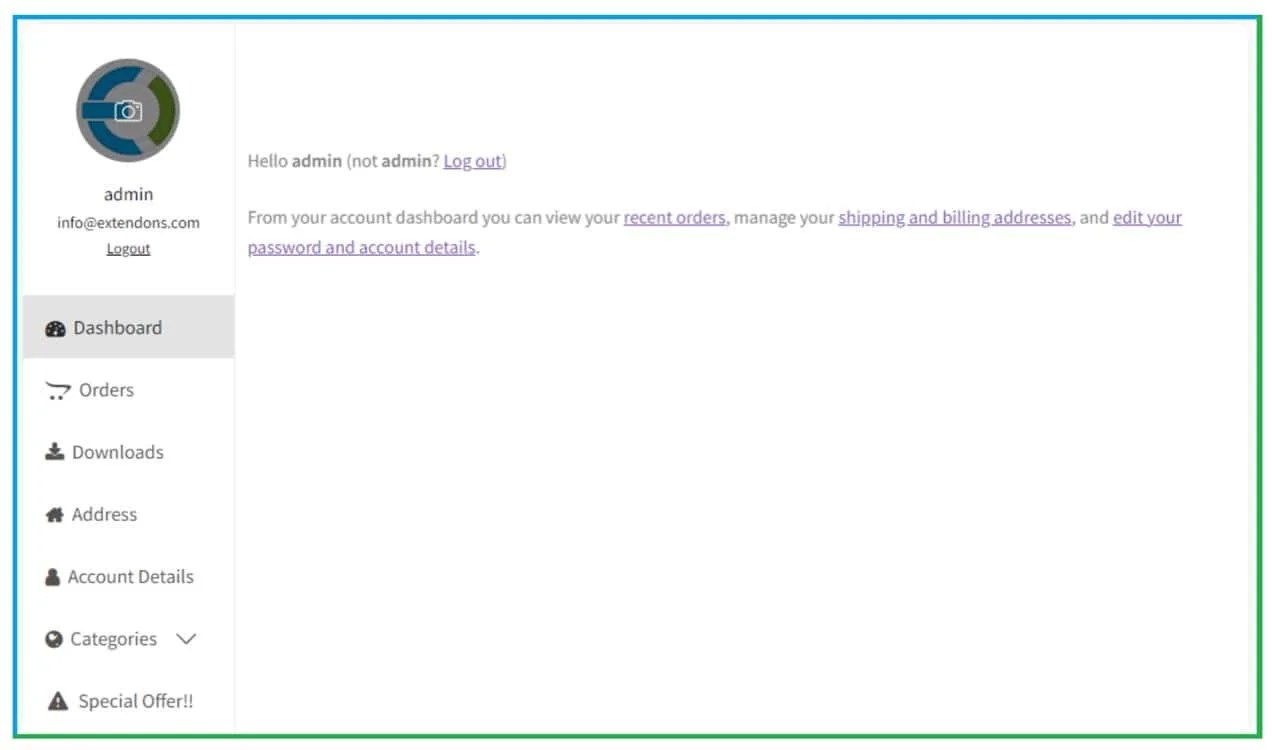
Here are some more ways you can show your customers they mean the world to you:
Offer user accounts
User accounts let customers check order status, track shipments, and more from their own dashboard. Making information readily available is a way to offer proactive support. Instead of having to pick up the phone, search through their email inbox, or chat with a bot, valued customers can take things into their own hands.
Provide ongoing customer support training
Training shouldn’t be a one-time thing that happens at the beginning of employment, it should be an ongoing process. This helps ensure that all of your reps are supported with the information they need for success.
Consider a customer relationship management (CRM) tool
A CRM streamlines the entire customer service process by compiling all of your customer information in one place. Powerful tools allow you to engage shoppers through every step of the customer journey.
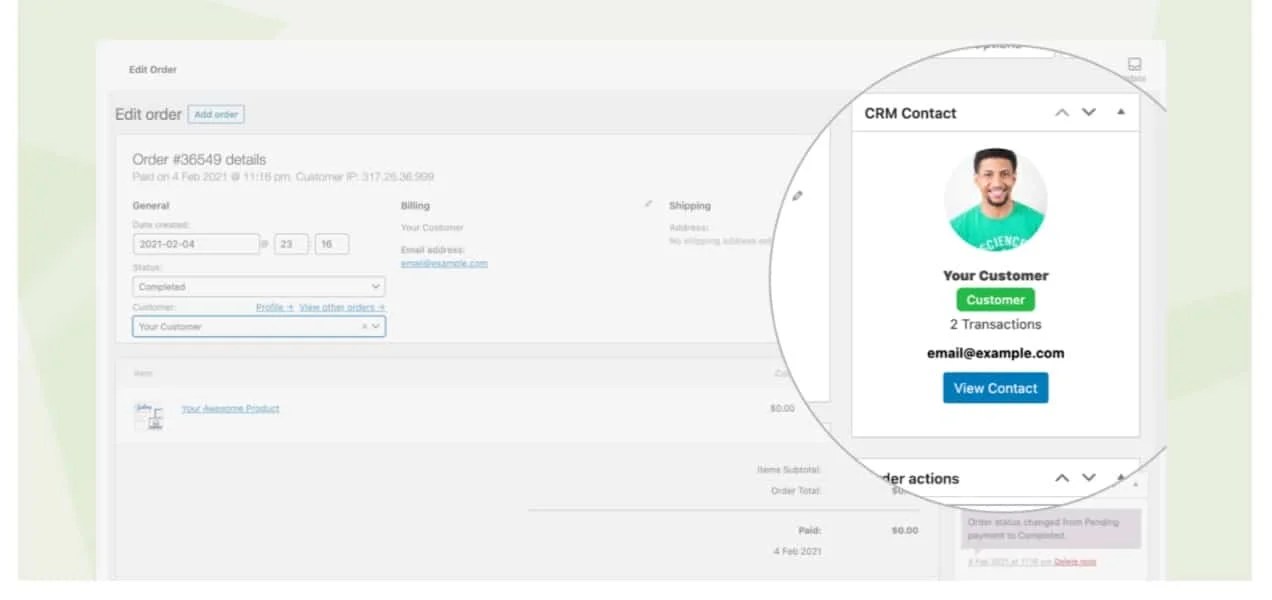
For example, with Jetpack CRM, you can view detailed profiles of your customers, including information like purchase history. You can also create segments and market to each one based on their characteristics, needs, and actions. This helps reduce customer churn rate and create higher customer satisfaction.
Make it easy for customers to initiate returns
Up to a third of customers abandon a brand because they find the returns process difficult. Stand out from competitors by making it easy for shoppers to initiate a return or get a refund. Take customer complaints seriously, respond quickly, and consider setting up a returns dashboard to keep customers happy.
2. Reward your customers
You can reward first-time customers with thank-you discounts and other special offers. And you can reward your long-time, loyal customers with even bigger surprises.
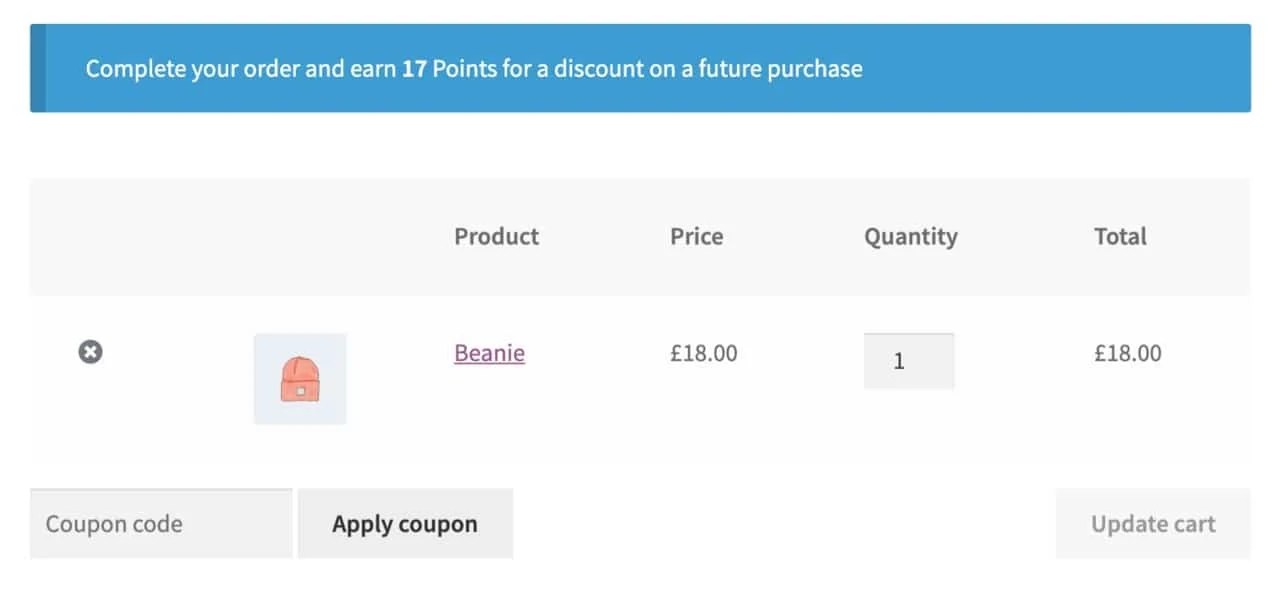
Let your creativity run wild here!
And if you use discounts smartly, it doesn’t have to cost you much money. One simple pro tip is to use flat dollar discounts instead of percentages.
For example, suppose you’ve created a segment of customers who have made five or more purchases from your ecommerce store, and you want to reward them. Instead of saying something like “save 30% when you spend over $100,” say “save $30 when you spend over $100.”
That way, however far over $100 they go, you’re still only discounting by $30. The more they spend, the more profit you make above that threshold.
This type of discount will increase average order size without costing as much profit, and your customers will still appreciate you for it.
3. Always follow up — good or bad
After someone buys from your ecommerce store, don’t forget about them.
It’s all about communication!
Send email confirmations of their purchases and keep them informed during the delivery process. Ask for customer feedback about your service and the products they bought. Send FAQ emails. Offer to help. Make sure they have the information they need.
If a customer asks you a question, answer it. And then follow up to be sure your answer solved their problem. This kind of effort will exceed customer expectations.
You can automate quite a bit of this using email marketing automation tools such as AutomateWoo, created especially for WooCommerce stores.
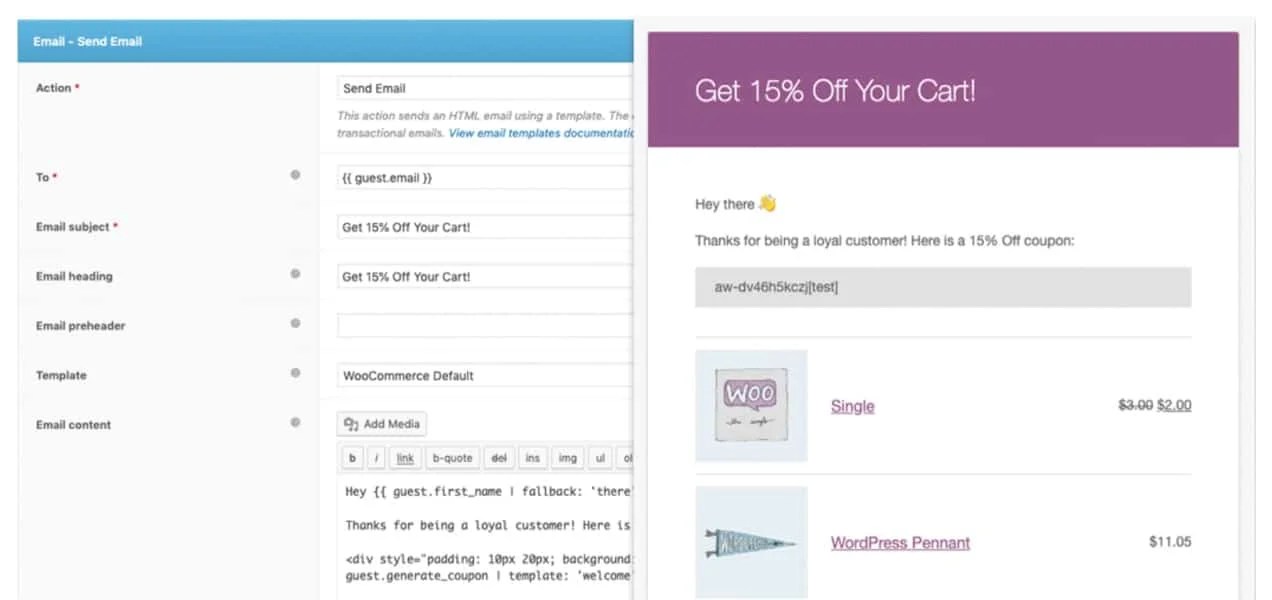
Talk to almost anyone, and they could tell you stories of how they bought something, asked a question, and never got a reply. Even if a customer is truly unhappy, they will notice when you succeed at communicating.
4. Send segmented emails
Segmenting messages according to buyer action is a form of personalization. It’s as if you’re keeping track of the customer’s story with your brand, and it shows your customers that you pay attention to them and goes a long way in retaining customers.
Identify and segment contacts who seem to gravitate towards specific categories of products. Based on the category, you can probably determine other things that may be true about them. If they always purchase from your “kids” categories, they probably have a child in their lives and will appreciate content and offers that relate to kids. Start communicating with each of these segments about relevant products, common problems and how to solve them (even if it doesn’t involve one of your products), tips, how-to content, and more.
If a customer leaves items in their cart but doesn’t purchase, send a helpful nudge to remind them.
Are your WooCommerce customer history reports uncovering trends? If you’re noticing that customers who buy product A also tend to buy product B, generate a “frequently bought together” email for customers who typically purchase product A or B.
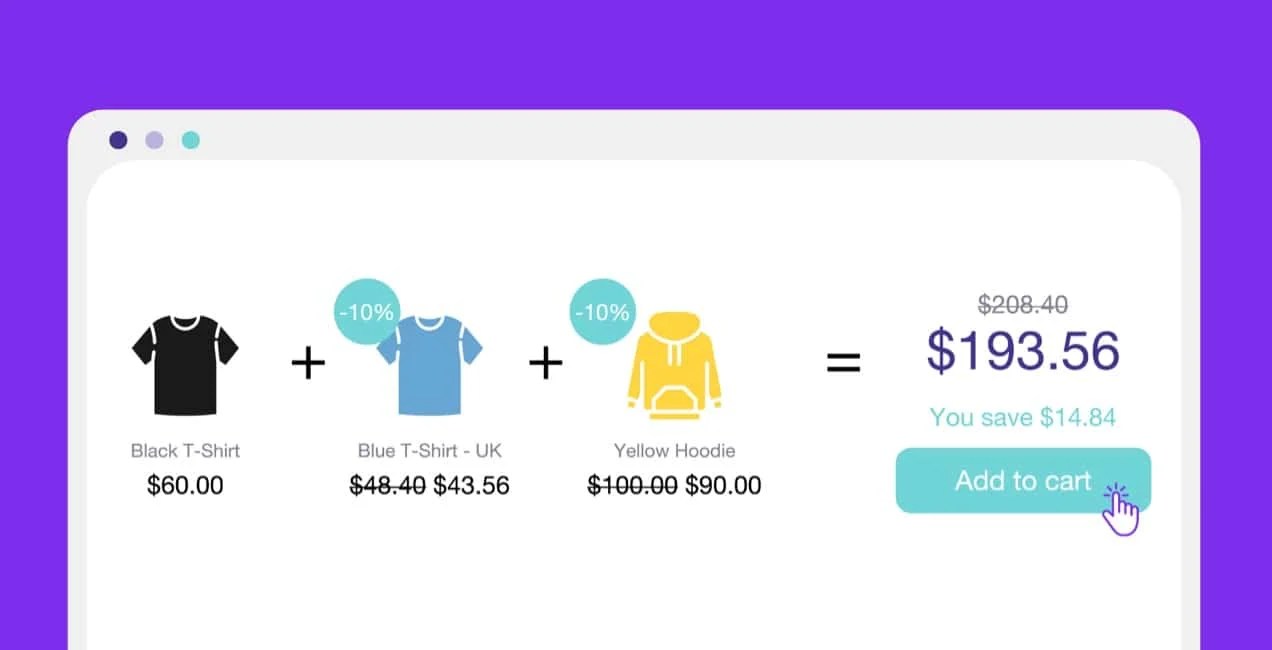
If your emails are hyper-personalized, relevant, and engaging, you’re building a solid customer relationship.
By segmenting your communication based on product categories, you can get more specific, be more relevant to each individual, and help retain customers. This is an outstanding customer retention strategy when you start using it consistently.
5. Incentivize and gamify
Have you considered asking existing customers to refer their friends and family? When customers are satisfied, they’re happy to share their latest find with loved ones. Tapping into this network helps you expand your reach organically.
And personal referrals often work better than advertising because people trust those they know. Referrals are like a five star review on rocket power. It boosts your credibility and spreads the word for you.
Implementing a referral program to reward customers with incentives gamifies the act and further provides reasons for customers to share with friends. Try holding a lottery drawing or offering coupons for free gifts.
AutomateWoo’s Refer a Friend add-on is a great option, too, because your advocates can share discounts with their friends and family via email or social media. When someone uses the unique code, the referral is attributed to the right person automatically. There’s no heavy lifting for the person referring, their friend, or you.
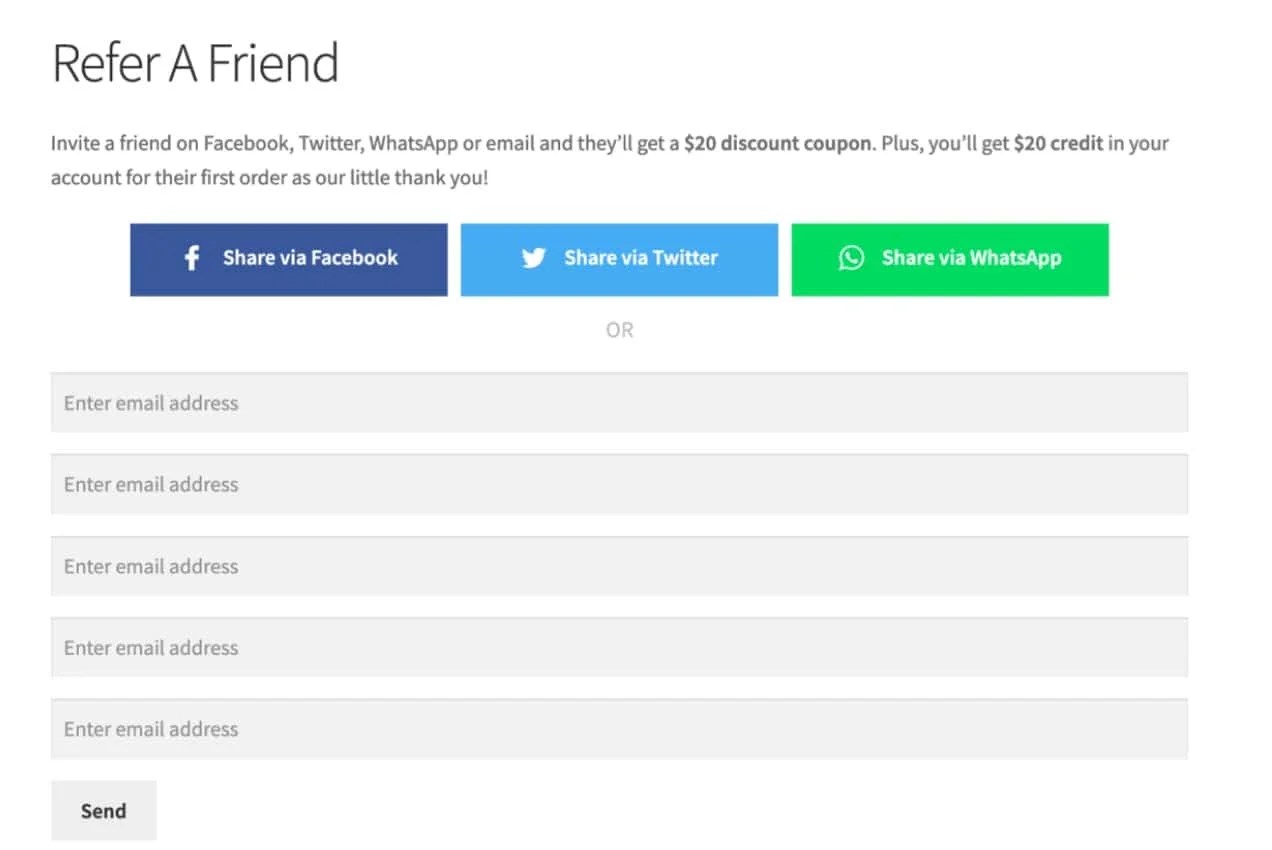
And you can use the add-on to promote your referral offer on the checkout page or in follow-up emails.
6. Ask customers to leave reviews or post testimonials
When someone takes the time to write out why they like a particular brand or product, that does something to their feelings about the company behind it.
By writing reviews and testimonials for your ecommerce products, your customers deepen the bond between them and your business.
Send out occasional emails asking them to give public customer feedback. And to make it easy by including links to the major review sites appropriate for your niche.
But reviews and customer feedback do more than just increase customer loyalty — they can help you win new customers, too. It’s worth spending extra time to attract reviews for your store. Learn how to use email to get more ecommerce reviews.
7. Offer the best perks and bonuses
For extra-loyal customers, and especially those who spend a lot of money, you can cement their bond with your company with surprise bonuses and gifts. For example, if you sell beauty products, you could throw in a sample of your top-selling lotion. Or, if you offer house-cleaning services, you could include a fresh-smelling candle or trial-size room sprays in the homes of your top clients.
Fast delivery is another perk that customers love. Part of the allure of ordering products online is that, even if there isn’t the instant gratification of buying something in-store, people are content to wait a day or so to receive their items.
The faster your delivery, the better your reputation and the more often your customers will turn to you when they need the products you offer. Just make sure there are no strings attached for perks. The surprise will utterly delight your customers, and you can pretty much guarantee they will happily continue doing business with you.
Want to take things a step further? Offer a customer loyalty program. You can reward existing customers for their long-term dedication, and encourage new customers to get more involved. Want to learn more about creating a customer loyalty program? Check out this guide.
8. Offer a subscription tier
Nothing beats recurring revenue. And in terms of improving your customer retention rate, subscriptions keep shoppers connected to you better than anything else. It bonds them to you. You become part of their lives.
With some creativity, just about any business can come up with a subscription option to help you retain customers.
Here are just a few examples of products you could turn into subscriptions to help you retain customers:
- Themed snacks
- Vitamins
- Coffee
- Lawn care
- Software licenses
- Online magazines
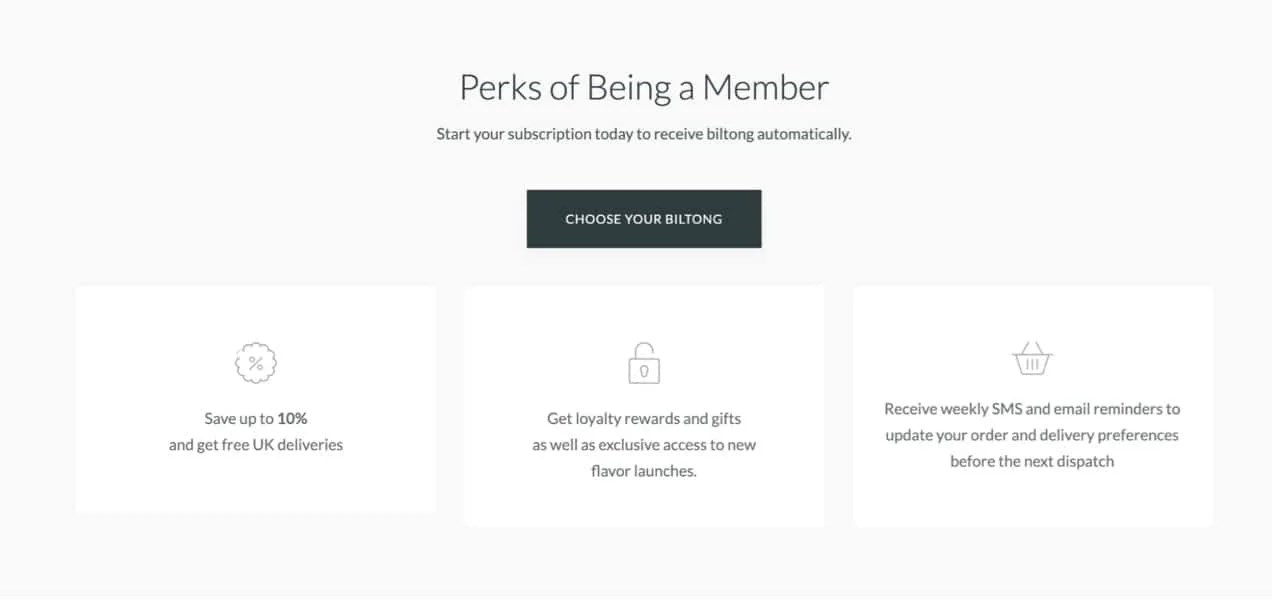
Image from https://thebiltongfactory.co.uk/
Usually, this requires choosing some added services and benefits that only come with a subscription.
The Biltong Factory is a great example of a more traditional ecommerce store that offers subscriptions to boost customer loyalty. They promote free shipping to regional customers, discounts, and extra communication. The small added costs of shipping and discounts are likely well worth it for the brand’s increased customer satisfaction and to improve customer retention. You can be sure that members have a higher customer lifetime value than non members, and it’s probably not even close.
In other words, you can blend your customer service strategy into your subscription to increase retention.
9. Communicate consistently
Here’s another opportunity to excel against your competition with just simple, consistent action. Have you considered creating a blog on your website or a newsletter with tips and tricks for using your products?
Allow customers the opportunity to subscribe to your blog or newsletter and provide an incentive for them to do so — every subscriber is incredibly valuable to your business.
Then, send out weekly, bi-weekly, or monthly emails. Send an occasional postcard or letter. Send quarterly print catalogs if that fits your business. Yes, print. Because of digital fatigue, people are looking at print media with renewed interest these days.
Some of this communication can pitch products and offers. But a lot of your customer communication and marketing is meant to just stay on their minds. You can send all sorts of helpful content like how-to guides, product insights, solutions to problems that your customers have, answers to common questions, and much more.
The point is, when you stay top of mind, your customers will think of you first.
10. Say thank you!
And we finish with the simplest and most obvious customer retention strategy of all — simply saying “thank you.”
You really can’t thank your customers too much. Put it on your order confirmation page after checkout. Say it in your automated emails. Put a note inside your package. For higher-priced products, a phone call might even be appropriate.

Your customer service team should also be trained to tell each customer that they appreciate them for doing business with you.
Look for more places to say thank you and show gratitude to your loyal customers at every step of the sales cycle.
Discover the customer retention strategies that work for you
↑ Voltar Para o TopoYour current customers are the most valuable asset your ecommerce store has. You’ve already “sold” them on your brand, products, or services, and they enjoy doing business with you. The principles of improving your customer retention rate remain true, whether you’re selling directly to customers or using WooCommerce as a B2B ecommerce platform.
Put even a few of these customer retention strategies to use in your ecommerce business, and over time, you’ll keep more of your customers coming back, increase your revenue, get more reviews and referrals, and, ultimately, grow your business.
About





